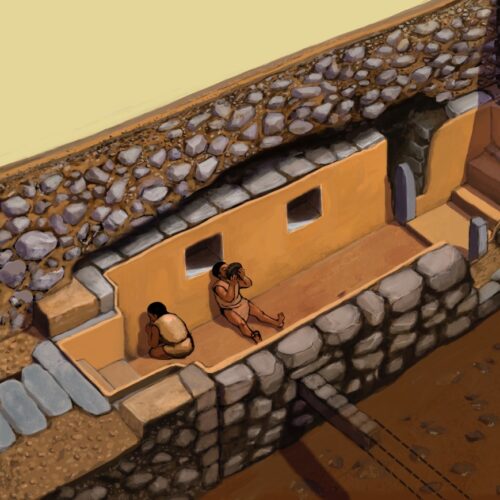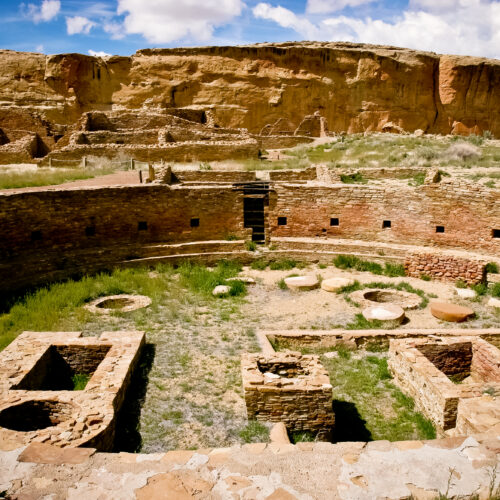Only elites used hallucinogens in ancient Andes society
In 2022, we told you about a study reporting evidence that an ancient Peruvian people called the Wari laced the beer served at their feasts with hallucinogens—particularly a substance derived from the seeds of the vilca tree, which was common in the region during the Middle Horizon period (circa 850 CE) when the Wari empire thrived. This may have helped the Wari forge political alliances and expand their empire.
Now archaeologists have discovered direct evidence that the use of vilca was a common practice some 1,000 years earlier than the Wari, thanks to analysis of artifacts unearthed at Chavín de Huántar, located about 250 kilometers north of Lima, Peru. And the Chavín people may have used it for a different purpose: to reinforce social hierarchies by limiting consumption of those substances to an elite few, according to a new paper published in the Proceedings of the National Academy of Sciences.
There is ample evidence that humans in many cultures throughout history used various hallucinogenic substances in religious ceremonies or shamanic rituals. That includes ancient Egypt, as well as ancient Greek, Vedic, Maya, Inca, and Aztec cultures. The Urarina people who live in the Peruvian Amazon Basin still use a psychoactive brew called ayahuasca in their rituals, and Westerners seeking their own brand of enlightenment have been known to participate. The Wari empire lasted from around 500 CE to 1100 CE in the central highlands of Peru.


© Daniel Contreras

